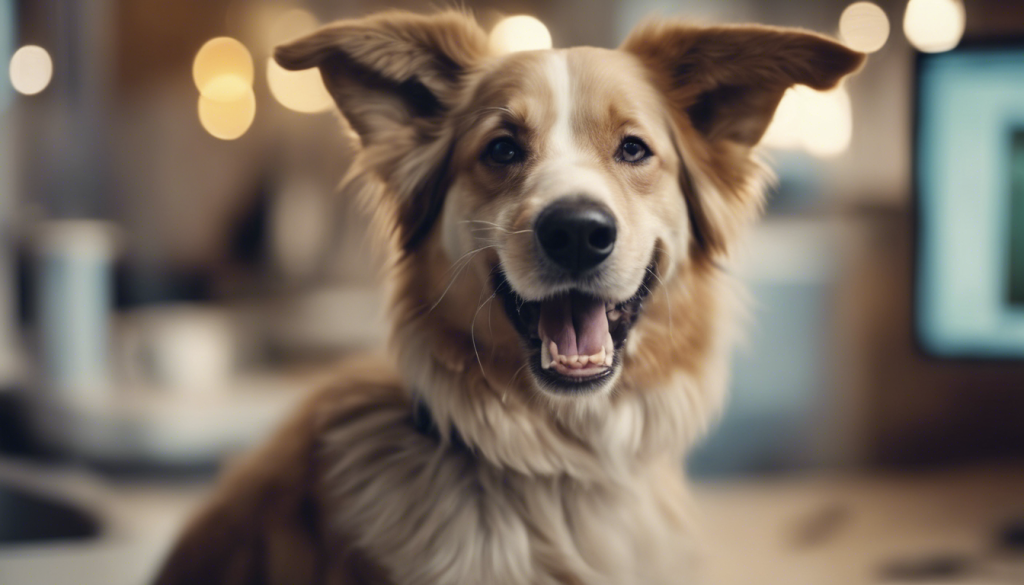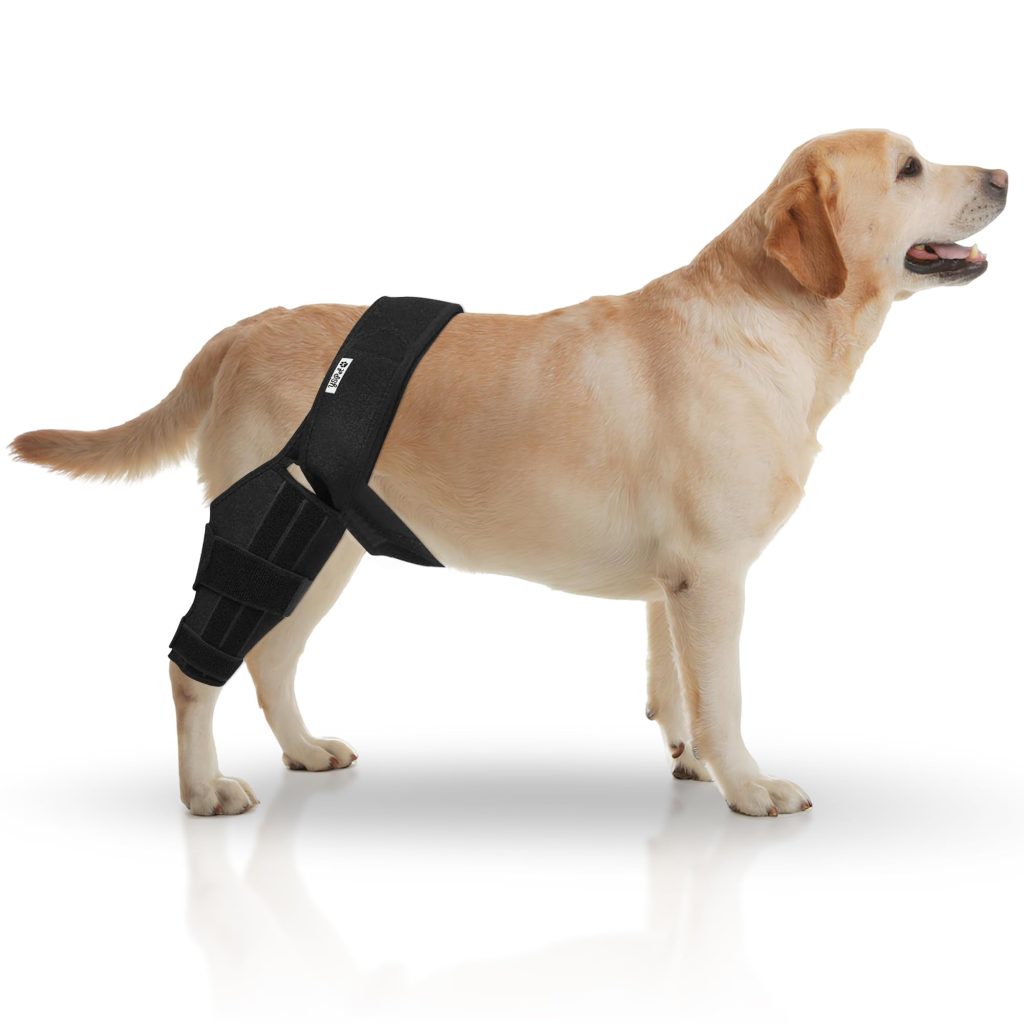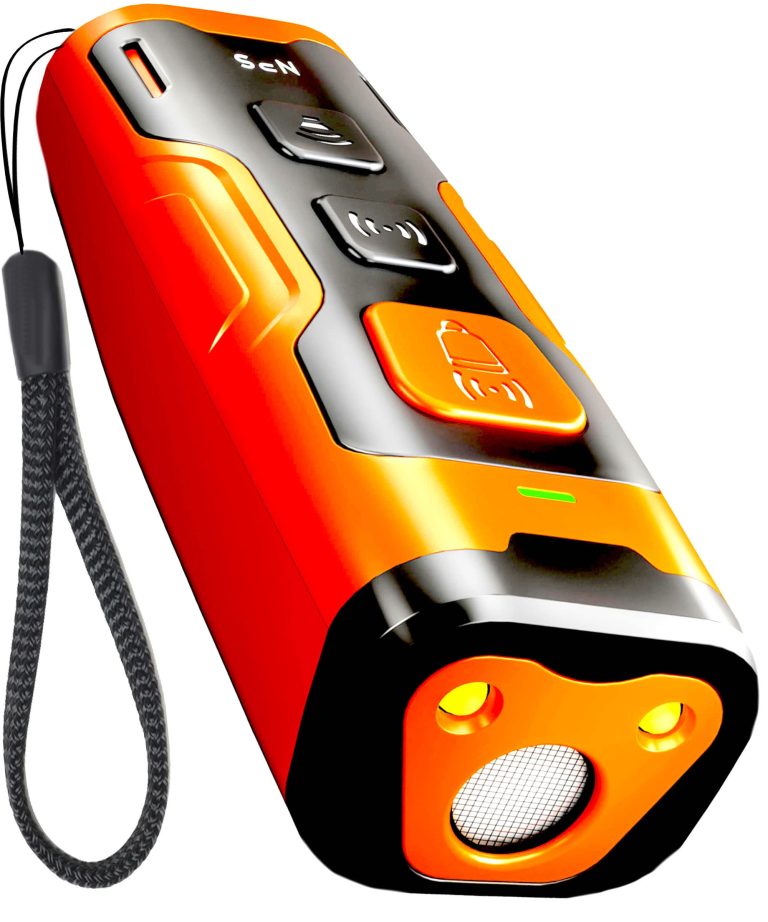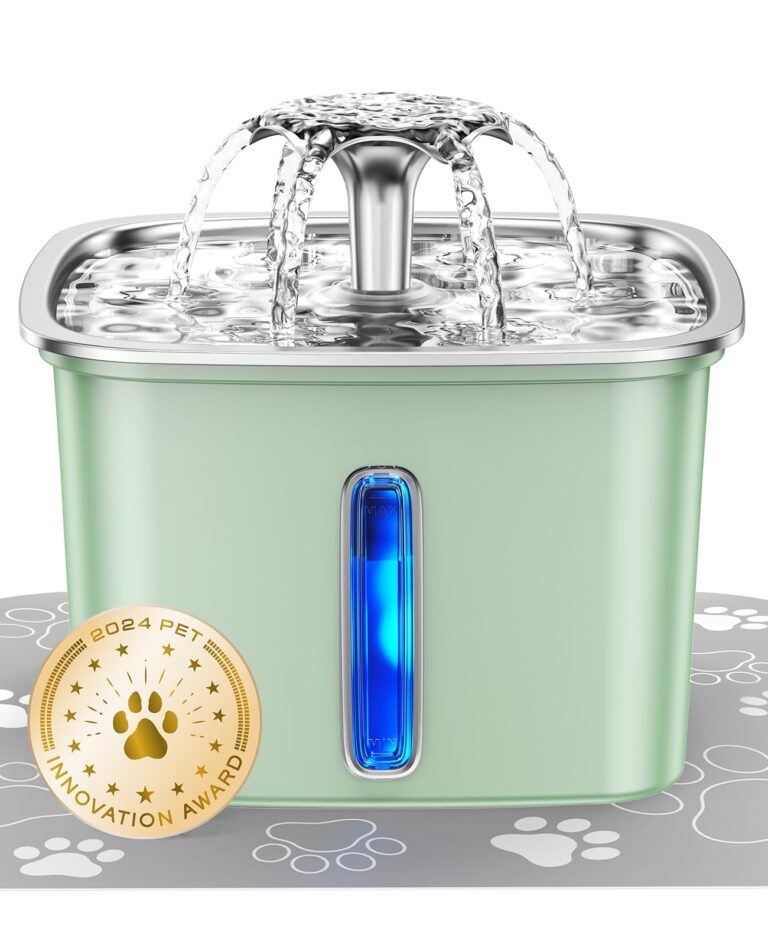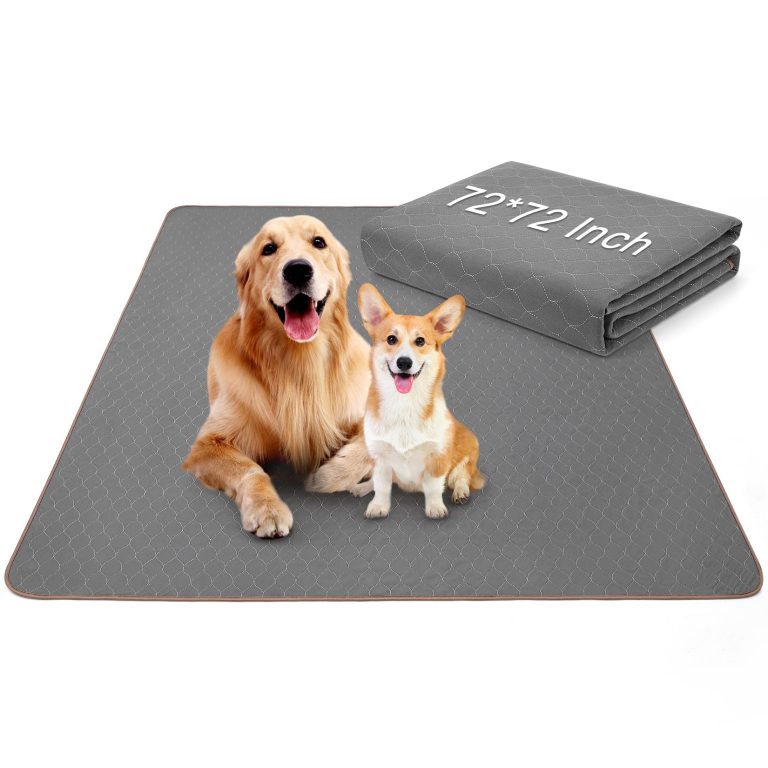Training Your Dog to Be a Well-Behaved Camping Buddy
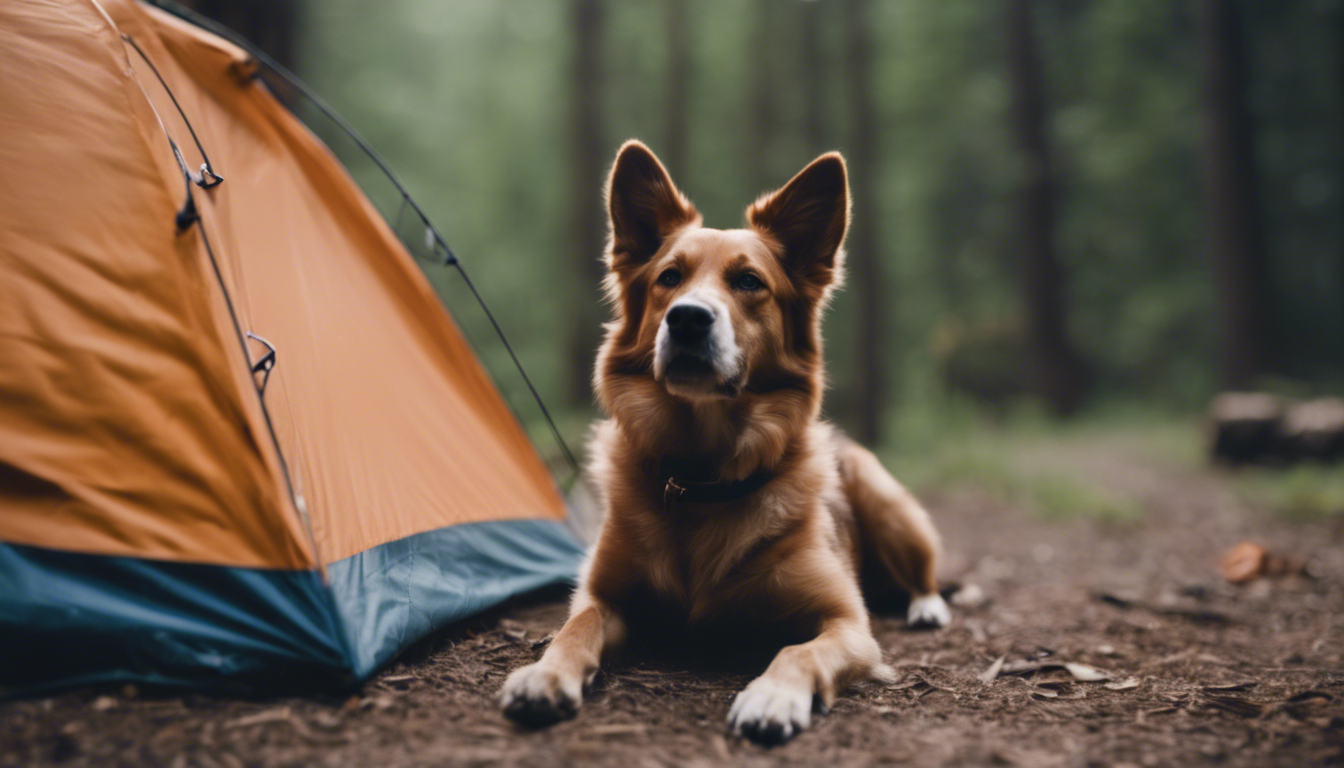
Preparing your dog for the camping environment
Before you can enjoy the tranquility of the great outdoors with your furry companion by your side, you must ensure they’re as ready for the adventure as you are. Transitioning from a cozy home to the vast and unpredictable wilderness can be a jarring experience for pups that aren’t accustomed to the variable settings of the natural world. Start by introducing your canine friend to the equipment and sounds they may encounter while camping. Set up a tent in your backyard and encourage them to explore it at their own pace, maybe even spending an evening or two sleeping in it together to simulate the real experience.
Acclimate your dog to the sounds of wildlife and the elements by playing recordings, kindly exposing them to the crackling of a campfire, the chattering of birds, or the babbling of a stream. Familiarity brings comfort, and you don’t want your dog bolting in panic at the first hoot of an owl or rustle in the bushes. Moreover, it is essential for them to learn that not every new sound or sight is a threat or a plaything.
On the topic of play, a tired dog is a good dog, especially in a campsite. Schedule plenty of exercise before your trip to ensure they’re in good shape for the trekking and exploring ahead. This will also help them to relax and rest calmly by your side when now, let’s take in the serene views or gather around the campfire at the end of a long day.
When it comes to what they’re sniffing and eating, be mindful. Use the weeks leading up to the trip to reinforce the “leave it” command, so your dog isn’t tempted to investigate or ingest anything potentially harmful found in the great outdoors. Furthermore, ensure your pet is up-to-date on vaccinations and parasite preventions, as their chances of exposure to fleas, ticks, and other wildlife will significantly increase while camping.
Lastly, remember that the weather can be fickle, and exposure to the elements can affect your dog just as much as it does you. Including a doggy jacket or sweater, and maybe even booties if the terrain calls for it, can save the day if the weather takes an unexpected turn. Make sure they’re comfortable wearing these items beforehand to avoid any fussy moments when it is time to actually use them. Success in the wild begins with thoughtful preparation at home, turning potential stress into an enjoayble and exciting experience for both you and your pup!
Essential commands for campsite etiquette
Having covered the preparation aspect, now, let’s hone in on specific commands that will ensure your dog is not just a welcome guest, but a well-mannered one at the campsite. Training begins at home, where distractions are fewer, allowing your dog to learn and master commands before putting them to the test in a more stimulating environment.
Start with the basics like “sit”, “stay”, and “come”. But here’s the twist: outdoor distractions are a different ball game compared to the everyday indoor variety. Gradually increase distractions during training sessions to mimic a campsite, ensuring your dog’s obedience is steadfast no matter what’s happening around them.
Two additional commands that become priceless at a campsite are “leave it” and “quiet”. Picture this: your dog spots a squirrel and is ready to chase, potentially disturbing wildlife or other campers. A firm “leave it” should immediately halt their pursuit. Similarly, if your dog is barking at the sound of rustling leaves or fellow campers, the “quiet” command is essential to maintain the peace.
Leash manners are also a vital component of campsite etiquette. Whether it’s a short lead around the camp-fire or a long line for some rambling around, your dog must walk without tugging, especially in areas where they must be leashed at all times.
- Practice walking on a leash in various environments and with diverse distractions.
- Ensure your dog comes when called, regardless of enticing smells or wildlife. A long line can help with training for recall without full freedom.
Remember that campsite etiquette also means respecting other campers’ space. A bouncing, nosy pup may not be as charming to others as they are to you. Teach your dog a solid “place” or “bed” command, directing them to a specific spot – maybe their own travel bed or mat – and to stay there until released. This can make all the difference during meal times or when you need to ensure your dog stays put.
Lastly, the importance of consistency cannot be overstated. Practice these commands daily, using positive reinforcement such as treats, praise, and play to reward your dog. These consistent efforts ensure your dog understands what’s expected of them, making your campout both harmonious and enjoyable for everyone involved.
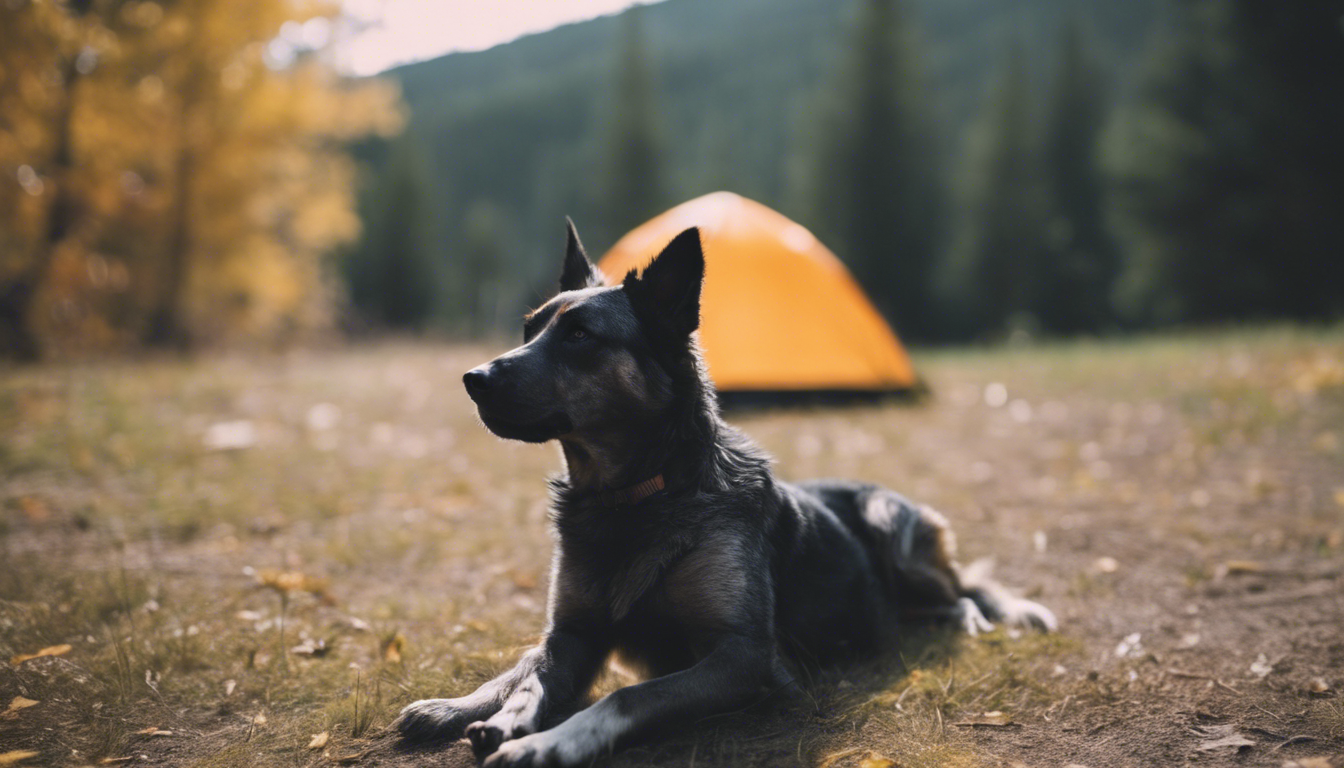
Socialization and interaction with wildlife
Out in the wilderness, the sights, sounds, and smells are immensely intriguing to a dog. However, it is vital to teach your furry friend the appropriate ways to interact, or rather not interact, with the wildlife you may encounter on your camping adventures.
Begin by educating your dog about what space to respect. Use controlled settings to simulate encounters with wildlife. You can start this by using stuffed animals or figures at a distance and rewarding your dog for not engaging with them. Gradually, increase the realism by visiting parks or trails where squirrels or birds are common sights. The goal here is clear: your dog should acknowledge wildlife but remain calm and under control. Keep them on a leash during these sessions to reinforce that wildlife is not to be chased or disturbed.
Train, don’t restrain. Teach them to admire from afar, and you’ll have a much easier time keeping wildlife and your pup safe.
Recall is your safety net when camping. Even the most well-behaved dogs can slip up if a deer darts out in front of them. Work on your dog’s recall so that no matter the temptation, they return to you when called. That’s where those long-line training sessions you’ve been doing at home will pay off.
- Carry your dog’s favorite treats to make returning to you more rewarding than the chase.
- Practice recall drills in gradually more distracting environments, reinforcing the desired behavior.
- Remain patient and keep training sessions short and sweet to maintain your dog’s enthusiasm and focus.
Socialization with other animals should start at a young age, but it’s never too late to work on it. If your dog is not used to being around horses, for example, which they might encounter at campgrounds, take time to introduce them under controlled conditions. Ensure your dog is on a leash and maintain a safe distance, rewarding them for staying calm and not lunging or barking.
We must also consider about our dog’s safety and the natural curiosity of wildlife. Food should never be left out as it can attract animals to your campsite, which can result in dangerous encounters. Educate your dog to eat only from their bowl and not to scavenge, a practice that starts well before your camping trip.
Lastly, respect the fact that some wildlife might be protective or even aggressive, especially if there are young nearby. It is a good idea to brush up on the types of wildlife commonly found in the area where you will be camping and to understand the signs of an animal feeling threatened or provoked. Knowing when to retreat is just as important as preventing an encounter. By fostering a passive interest in wildlife, you’ll help ensure the safety and enjoyment for you, your dog, and the beautiful creatures that call the great outdoors their home.
Managing sleeping arrangements and safety at night
As night falls on the campsite, managing your dog’s sleeping arrangements becomes crucial for both comfort and safety. While some dogs may have no issue curling up on the ground, providing a dedicated sleeping space is a good practice. This can be a portable dog bed or even an old blanket that smells like home, offering a sense of security in unfamiliar surroundings. Plus, this spot will keep them off the cold ground and help insulate them from any nocturnal chill.
For the safety of your dog, and to respect wildlife and camping regulations, they should sleep inside the tent with you. This not only protects them from the elements but also from getting curious about nighttime rustlings and potentially having a dangerous encounter with wildlife. Keeping your dog in the tent also minimizes the risk of them wandering off and getting lost, or encroaching on the territory of nocturnal animals.
Before settling down for the night, a comforting ritual can help your dog relax. Just like at home, their evening routine might include a short walk to stretch their legs and take care of business, followed by some quiet time. Offer a chew toy or a quiet puzzle toy that can be enjoyed in the sleeping area to help them settle down. This calm, peaceful environment will encourage a restful night for everyone.
If your dog is anxious or not used to sleeping in a tent, training before the trip can alleviate stress. Spend nights in the tent together in the safety of your backyard so that when the actual camping trip happens, your dog identifies the tent as a safe sleeping space. For extra comfort, ponder a white noise device or app to mask the sounds of the forest, which might otherwise disrupt your dog’s sleep.
Remember, safety isn’t just about physical protection; it’s also about temperature control. Even in summer, the nighttime can bring surprisingly cool temperatures. Have layers ready for your dog, such as a canine sleeping bag or a specialized dog jacket, particularly if they have a short coat or are more susceptible to the cold.
It’s essential to ensure your dog has a visible ID tag and is microchipped with your current contact information. Should they manage to slip away or get disoriented at night, this will significantly increase the chances of a safe reunion. Keeping your dog secure and comfortable at night is the capstone of a well-spent day outdoors, as it means restorative rest for the next day’s adventures and peace of mind for you as a responsible pet owner.

